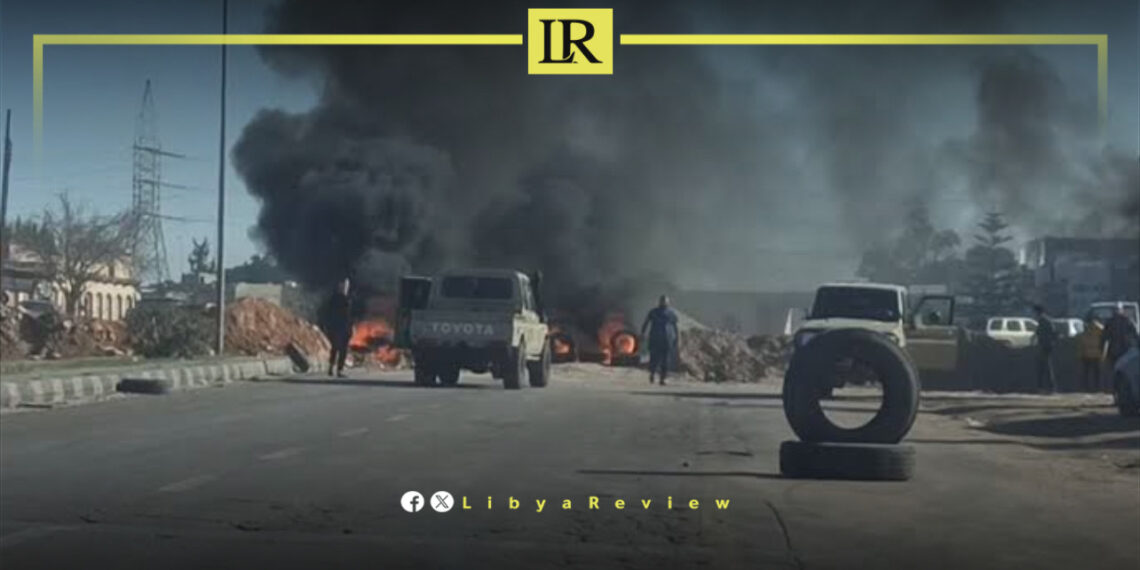In the Libyan city of Al Zawiya, recent armed clashes have resulted in the death of one individual and injuries to six others, according to the Emergency and Ambulance Service.
The conflicts erupted early on Saturday, escalating throughout the day in several districts, including Barnawi, Umrah, Tajouri, Abusir, and Zahra Road.
The clashes involve forces led by Mohammed Bahroun, also known as “Al-Far,” the commander of the First Support Force of Al Zawiya, and another group affiliated with Hassan Bouzriba, the deputy head of the Stability Support Agency.
The fighting began in the southern regions of Al Zawiya, spreading from the Sayyida Zeinab area to Abusir.
The Emergency and Ambulance Service issued a statement on Saturday evening detailing the day’s events and the extent of the casualties.
In response to the violence, the readiness level has been elevated in both the central and western branches of Al Zawiya, in cooperation with the Red Crescent. The situation remains tense as local authorities and organizations strive to manage the aftermath and provide necessary aid to those affected.
Libya has been mired in conflict and political instability since the 2011 uprising that ousted long-time leader Muammar Gaddafi. The subsequent power vacuum and lack of a centralized government have led to ongoing violence and the emergence of numerous armed groups vying for control.
The city of Al Zawiya, located west of Tripoli, has been a hotspot for such clashes, often involving rival factions with shifting alliances.
The current clashes in Al Zawiya highlight the persistent volatility in the region. The factions involved are often linked to broader political and tribal affiliations, complicating efforts for lasting peace.
The First Support Force, led by Mohammed Bahroun, has been a significant player in the region, frequently clashing with other groups for control over territory and resources.
The situation in Al Zawiya underscores the urgent need for comprehensive peacebuilding efforts in Libya. This includes not only political solutions but also measures to address the root causes of conflict, such as economic disparities, tribal rivalries, and the proliferation of armed groups.


